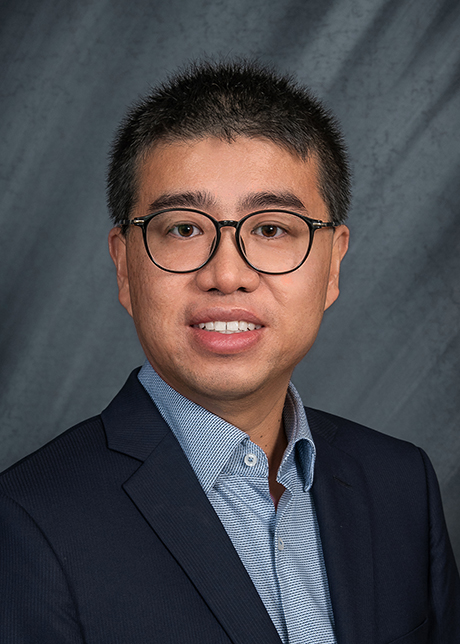
Gang Fan
Assistant Professor of Chemical Engineering
PhD, University of Texas at Austin, 2019
- Office Location
- 4307 Wegmans Hall
- Telephone
- (585) 275-2355
- Fax
- (585) 273-1348
- Web Address
- Website
Research Overview
Fan Lab applies bioinspired strategies in polymer science through microbial engineering and synthetic biology. Their research harnesses living systems to enable sustainable polymer production, environmental sensing, and controlled biodegradation. Historically, plastics were designed for low cost and durability rather than recyclability, with production methods often relying on unsustainable solvents and catalysts. This shortcoming, combined with global dependence on plastics, has driven pollution and resource depletion. By emulating microbes—nature’s producers of sequence-controlled polymers—microbial and chemical engineering together can pave the way for greener plastics that degrade on demand, moving us toward a more sustainable and circular polymer ecosystem.
Research Interests
- Polymer Chemistry
- Bio-inspired Catalysis
- Plastic Upcycling
- Bioelectrochemistry
- Biosensors
- Synthetic Biology
- Metabolic Engineering
- Environmental Remediation
Courses Offered (subject to change)
- CHE 231: Chemical Reactor Design
- CHE 469: Introduction to Biochemical Engineering
Selected Publications
- Fan, G.; Corbin, N.; Chung, M.; Gill, T. M.; Moore, E B; Karbelkar, A. A.; Furst, A. L. Highly Efficient Carbon Dioxide Electroreduction via DNA-Directed Catalyst Immobilization. JACS Au 2024, 4, 4, 1413–1421. (Front Cover)(https://pubs.acs.org/doi/10.1021/jacsau.3c00823)
- Fan, G.; Wasuwanich, P.; Rodriguez-Otero, M. R.; Furst, A. L. Protection of anaerobic microbes from processing stressors using metal-phenolic networks. J. Am. Chem. Soc. 2022, 144, 2438–2443. (Front Cover)(doi.org/10.1021/jacs.1c09018)
- Fan, G.; Furst, A. L. How Far Can Electromicrobial Production Go? Joule 2020, 4, 2079-2081. (doi.org/10.1016/j.joule.2020.09.012)
- Fan, G.; Graham, A. J.; Kolli, J.; Lynd, N. A.; Keitz, B. K. Aerobic Radical Polymerization Mediated by Microbial Metabolism. Nature Chemistry2020, 12, 638-646. (doi.org/10.1038/s41557-020-0460-1)
- Fan, G.; # Dundas, C. M.; # Graham, A. J.; Lynd, N. A.; Keitz, B. K. Shewanella oneidensis as a Living Electrode for Controlled Radical Polymerization. Proceedings of the National Academy of Sciences of the United States of America2018, 115(18), 4559-4564. # equal contribution (doi.org/10.1073/pnas.1800869115)
- Fan, G.; Dundas, C. M.; Zhang, C.; Lynd, N. A.; Keitz, B. K. Sequence Dependent Peptide Surface Functionalization of Metal-Organic Frameworks. ACS Applied Materials & Interfaces2018, 10(22), 18601–18609. (doi.org/10.1021/acsami.8b05148)
For full bibliography, please visit Google Scholar.
Selected Honors and Awards
- ACS PMSE Future Faculty Scholar (2022)
- Chemical Engineering Research Grant, MIT (2021-2022)
- Procter & Gamble Poster Competition Award: First Place, UT Austin (2019)
- Finalist for Excellence in Graduate Polymer Research, AIChE (2018)
- Paper of the Year Award, UT Austin (2018)
